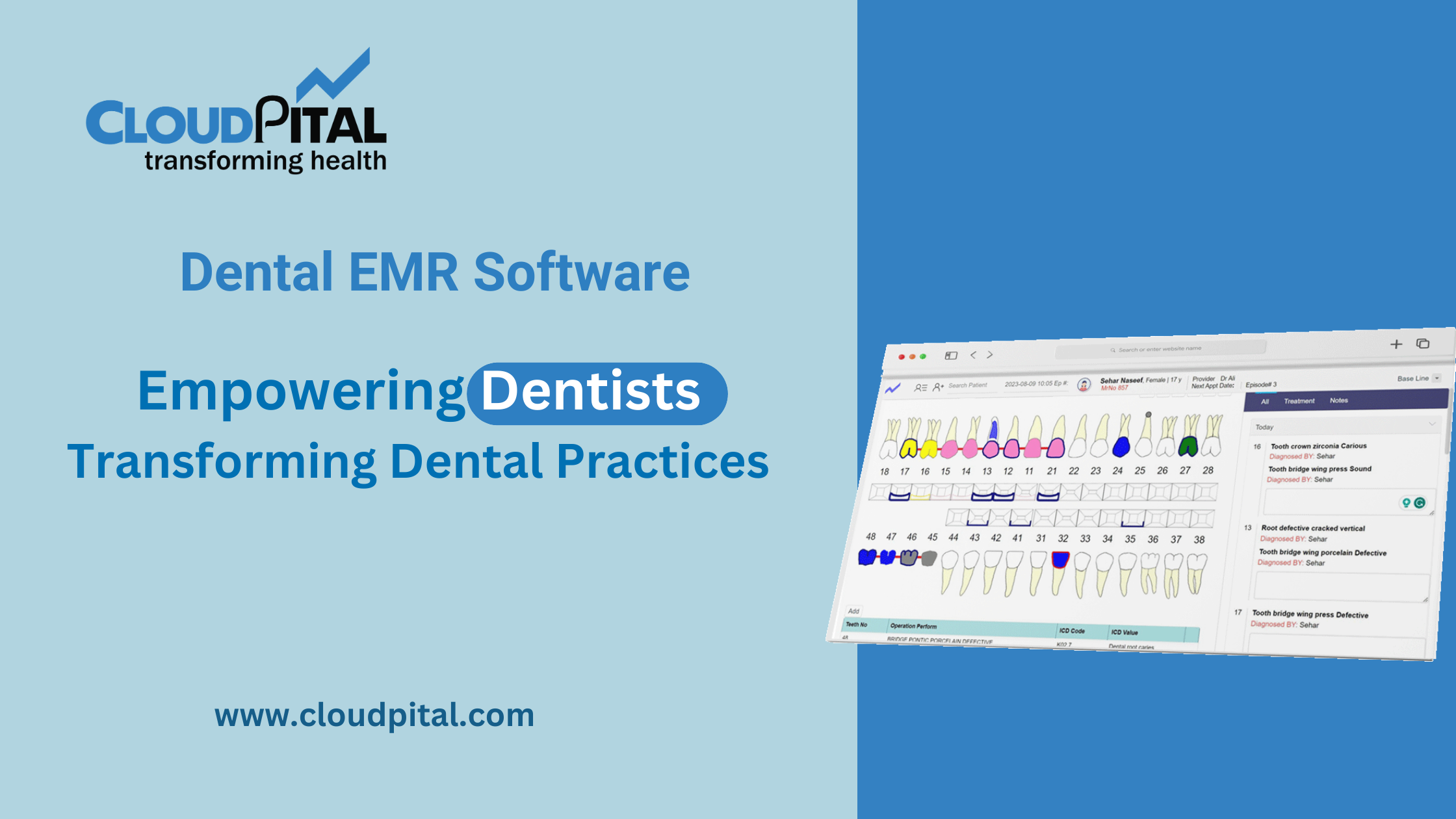Cloudpital # 1 is one of the top RCM is a critical process in healthcare organizations, encompassing all administrative and clinical functions that contribute to the capture, management, and collection of patient service revenue. An effective RCM system ensures that healthcare providers are reimbursed for their services promptly and accurately. This comprehensive system integrates various components, each playing a crucial role in streamlining operations, reducing errors, and enhancing financial performance. This essay explores the key components of an effective RCM system and their significance in optimizing healthcare revenue cycles.
Click to Start Whatsapp Chatbot with Sales
Mobile: +966547315697
Email: sales@cloudpital.com
Cloudpital # 1 RCM

Patient Registration and Pre-Authorization
Patient Registration
Patient registration is the initial step in the RCM process, involving the collection and verification of patient demographic information, insurance details, and medical history. Accurate registration is crucial for avoiding claim denials and ensuring that the billing process is streamlined. Key aspects include:
- Data Collection: Gathering patient details such as name, address, date of birth, and contact information.
- Insurance Verification: Confirming the patient’s insurance coverage, policy number, and eligibility for services.
- Medical History: Recording relevant medical history to inform treatment plans and billing codes.
Pre-Authorization
Pre-authorization involves obtaining approval from insurance providers before delivering certain services, particularly expensive or specialized treatments. This step ensures that the services are covered under the patient’s insurance plan and reduces the risk of denied claims. Key aspects include:
- Service Verification: Confirming that the planned services are necessary and covered by the patient’s insurance.
- Approval Process: Submitting required documentation and obtaining authorization codes from insurers.
Charge Capture and Coding
Charge Capture
Charge capture refers to the process of recording the services provided to a patient during their visit. This step is critical for accurate billing and reimbursement. Key aspects include:
- Service Documentation: Healthcare providers document all services rendered, including procedures, tests, and consultations.
- Charge Entry: Entering charges into the billing system accurately and promptly.
Medical Coding
Medical coding is the translation of healthcare diagnoses, procedures, and services into standardized codes used for billing and insurance claims. Accurate coding is essential for compliant billing and optimizing reimbursement. Key aspects include:
- Code Selection: Using standardized coding systems such as ICD-10 (International Classification of Diseases) and CPT (Current Procedural Terminology).
- Compliance: Ensuring that coding practices comply with regulatory guidelines and payer requirements.
Claim Submission and Management
Claim Submission
Once charges are captured and coded, the next step is to submit claims to insurance companies for reimbursement. Efficient claim submission is crucial for timely payment. Key aspects include:
- Electronic Data Interchange (EDI): Using electronic systems to submit claims, reducing processing time and errors.
- Clean Claims: Ensuring that claims are accurate and complete, minimizing the likelihood of denials.
Claim Management
Claim management involves tracking the status of submitted claims, addressing any issues that arise, and following up on unpaid claims. Effective claim management is vital for maintaining cash flow. Key aspects include:
- Claim Tracking: Monitoring the status of claims through each stage of processing.
- Denial Management: Identifying and addressing RCM the reasons for claim denials, resubmitting corrected claims promptly.
- Follow-Up: Regularly following up with payers on outstanding claims to expedite payment.

Payment Posting and Reconciliation
Payment Posting
Payment posting involves recording payments received from insurance companies and patients in the Hospital Software in Saudi Arabia system. This process is critical for maintaining accurate financial records. Key aspects include:
- Payment Allocation: Applying payments to the correct patient accounts and services.
- Explanation of Benefits (EOB): Reviewing and recording information from EOBs provided by insurers, including payment details and any adjustments.
Reconciliation
Reconciliation ensures that payments received match the amounts expected based on submitted claims. This step is essential for identifying discrepancies and addressing underpayments or overpayments. Key aspects include:
- Payment Matching: Comparing payments received with billed amounts to verify accuracy.
- Adjustment Handling: Recording adjustments for denials, partial payments, and contractual allowances.
Patient Billing and Collections
Patient Billing
After insurance payments are posted, any remaining balance is billed to the patient. Effective patient billing processes are important for ensuring that patients understand their financial responsibilities and for maintaining positive patient-provider relationships. Key aspects include:
- Billing Statements: Sending clear, detailed billing statements to patients, including information on services provided, insurance payments, and remaining balances.
- Payment Options: Offering multiple payment options, such as online payments, payment plans, and financial assistance programs.
Collections
Collections involve pursuing overdue payments from patients and insurance companies. Effective collections processes are vital for maintaining cash flow and reducing bad debt. Key aspects include:
- Payment Follow-Up: Regularly following up with patients and insurers on outstanding balances.
- Collections Policies: Establishing clear policies for managing overdue accounts, including the use of collection agencies if necessary.
- Patient Communication: Communicating effectively and empathetically with patients to encourage timely payments and resolve any billing issues.
Reporting and Analytics
Financial Reporting
Regular financial reporting provides insights into the financial performance of the healthcare organization, highlighting areas of strength and opportunities for improvement. Key aspects include:
- Revenue Analysis: Analyzing revenue streams, payer mixes, and reimbursement rates to identify trends and optimize financial strategies.
- Aging Reports: Monitoring accounts receivable aging to identify overdue accounts and assess collection efforts.
Operational Analytics
Operational analytics provide data-driven insights into the efficiency and effectiveness of the RCM process. Key aspects include:
- Key Performance Indicators (KPIs): Tracking KPIs such as claim denial rates, days in accounts receivable, and clean claim rates.
- Process Optimization: Using analytics to identify bottlenecks, reduce errors, and streamline workflows.
Compliance and Risk Management
Regulatory Compliance
An effective Inpatient Hospice in Saudi Arabia system ensures compliance with healthcare regulations and payer requirements, reducing the risk of penalties and audits. Key aspects include:
- Coding Compliance: Adhering to coding guidelines and avoiding practices that could lead to fraud or abuse allegations.
- HIPAA Compliance: Ensuring that patient information is handled securely and in accordance with the Health Insurance Portability and Accountability Act (HIPAA).
Risk Management
Risk management involves identifying and mitigating risks related to billing and reimbursement. Key aspects include:
- Audit Preparation: Maintaining thorough documentation and readiness for audits by payers or regulatory agencies.
- Internal Controls: Implementing internal controls to prevent billing errors, fraud, and abuse.
Conclusion
An effective Revenue Cycle Management system is vital for the financial health and operational efficiency of healthcare organizations. By integrating key components such as patient registration, charge capture, claim management, payment posting, patient billing, reporting, and compliance, RCM systems streamline processes, reduce errors, and optimize revenue collection. In Lahore, as elsewhere, the implementation of a robust RCM system is crucial for navigating the complexities of healthcare billing and reimbursement, ultimately supporting the delivery of high-quality patient care. As the healthcare landscape evolves, organizations must continue to refine their RCM processes to adapt to changing regulations, technologies, and patient expectations.
Click to Start Whatsapp Chatbot with Sales
Mobile: +966547315697
Email: sales@cloudpital.com
What are the key components of an effective RCM system? similar software solutions prices were updated on 2025-06-16T00:55:35+00:00 in Saudi Arabia in Mecca, Medina, Riyadh, Khamis Mushait, Yanbu, Jeddah, Dammam, Unaizah, Uqair, Ha’il, Ta if, Al Bahah, Dhahran, King Abdullah Economic City, Najran, Diriyah, Qatif, Khafji, Jubail, Abqaiq, List of Cities and Towns in Saudi Arabia, Ras Tanura, Turubah, Jazan Economic City, Knowledge Economic City, Medina, Khobar, Abha, Tabuk, Saudi Arabia, similar software solutions prices were updated on 2025-06-16T00:55:35+00:00 We also provide in Saudi Arabia services solutions company in Hafar Al-Batin, Udhailiyah, Al-Awamiyah, Hofuf, Hautat Sudair, Buraidah, Tayma, Duba, ‘uyayna, Saihat, Al-Kharj, Al-ula, Jizan, Rumailah, Ar Rass, Arar, Shaybah, Al Majma’ah, Rabigh, Dhurma, Haradh, List of Saudi Cities by Gdp Per Capita, Badr, Sudair Industrial City, Baljurashi, Shaqraa, Al-Khutt, Habala, Ad Dawadimi, Dawadmi, Layla, similar software solutions prices were updated on 2025-06-16T00:55:35+00:00 Price is SAR 100 and this was updated on updated on 2025-06-16T00:55:35+00:00 similar What are the key components of an effective RCM system? software solutions prices were updated on 2025-06-16T00:55:35+00:00 in Saudi Arabia in Haql, Afif, Al-Abwa, Farasan, Al-Jaroudiya, Thadig, Al-Thuqbah, Al Wajh, Almardmah, Al-Zilfi, Muzahmiyya, Prince Abdul Aziz Bin Mousaed Economic City, Tharmada’a, Skaka, Um Al-Sahek, Sharurah, Tanomah, Bisha, Dahaban, Al Qunfudhah, Qurayyat, Saudi Arabia, Ha’ir, as Sulayyil, Al Lith, Turaif, Al-Gway’iyyah, Samtah, Wadi Ad-Dawasir, Az Zaimah, Safwa City, Jalajil, Harmah, Mastoorah, Hotat Bani Tamim, Jabal Umm Al Ru’us, Rafha, Qaisumah, Al-Ghat, Hajrah, Al-Hareeq. Excerpt: Jeddah (also spelled Jiddah, Jidda, or Jedda; Arabic: Jidda) is a Saudi Arabian city located on the coast of the Red Sea and is the major urban center of western Saudi Arabia similar software solutions prices were updated on 2025-06-16T00:55:35+00:00 Price is SAR 100 and this was updated on updated on 2025-06-16T00:55:35+00:00
7-26-2024



